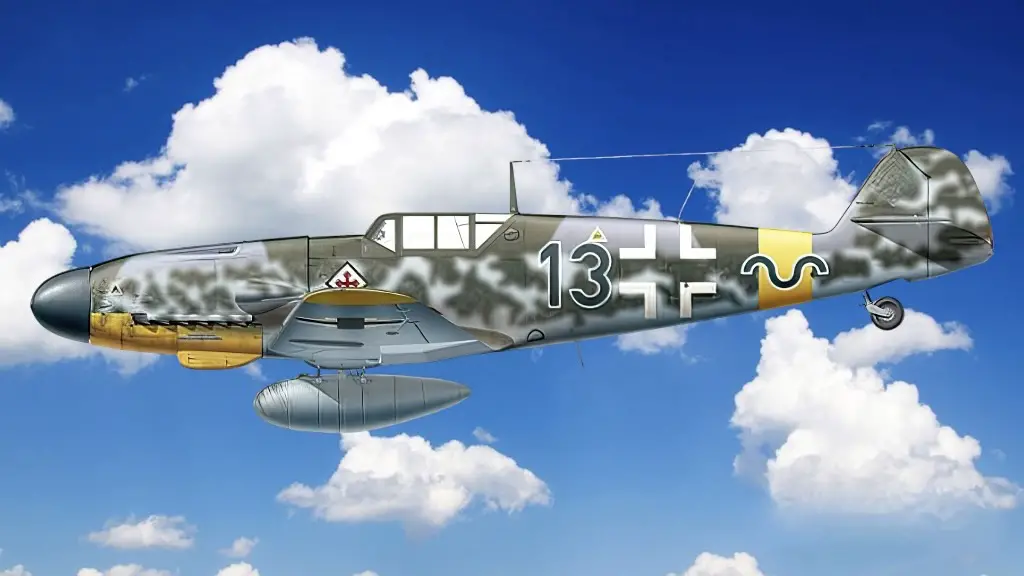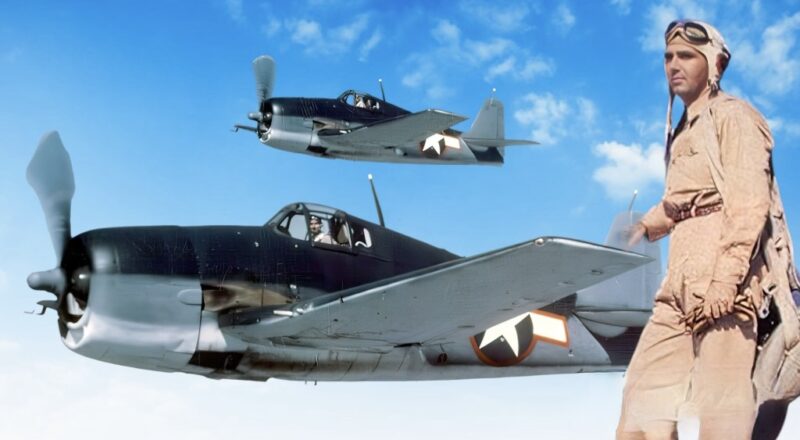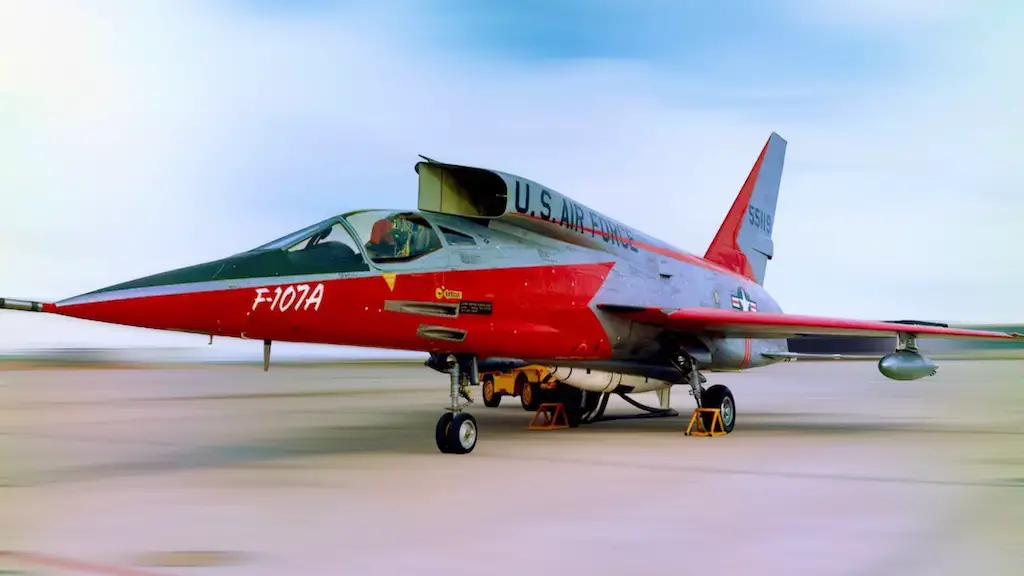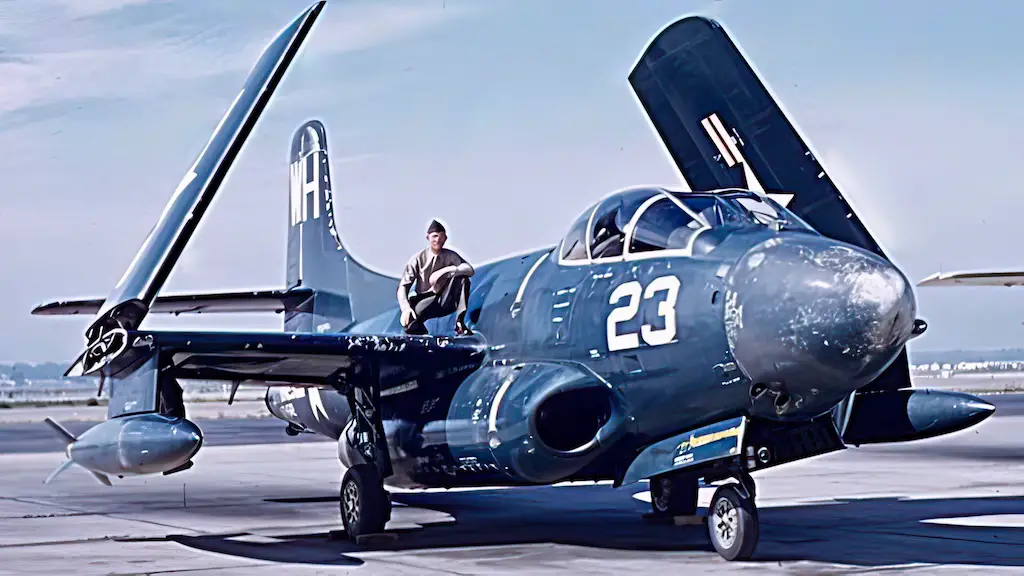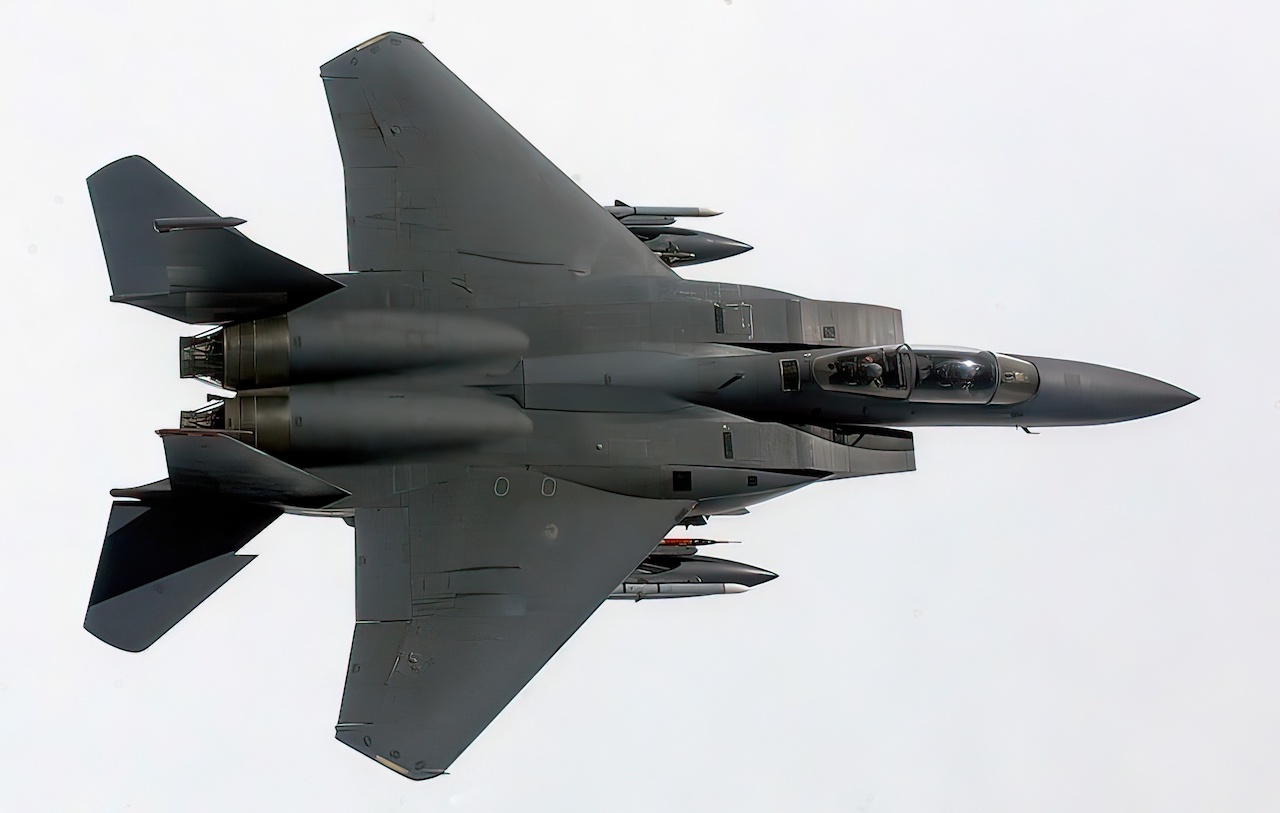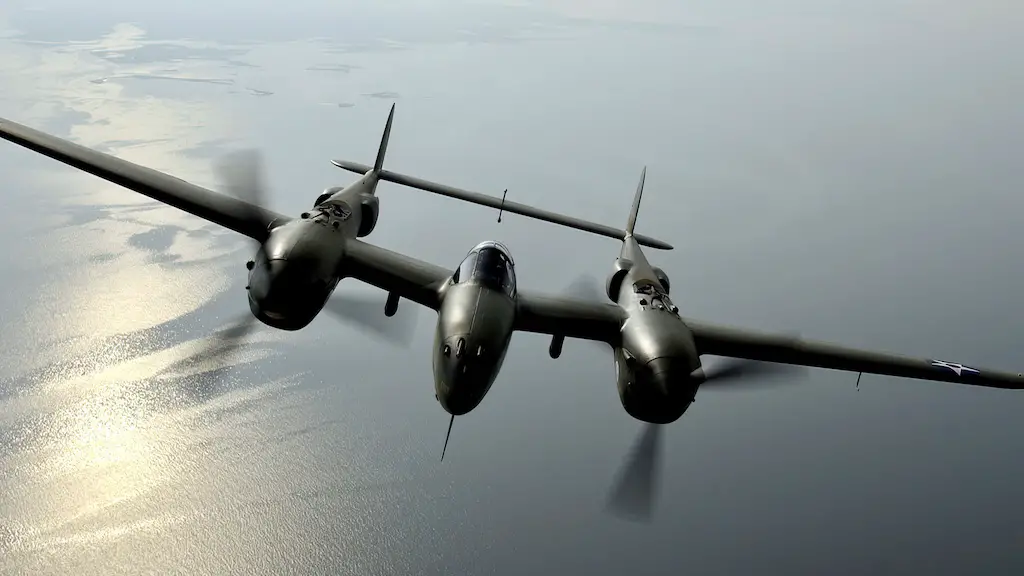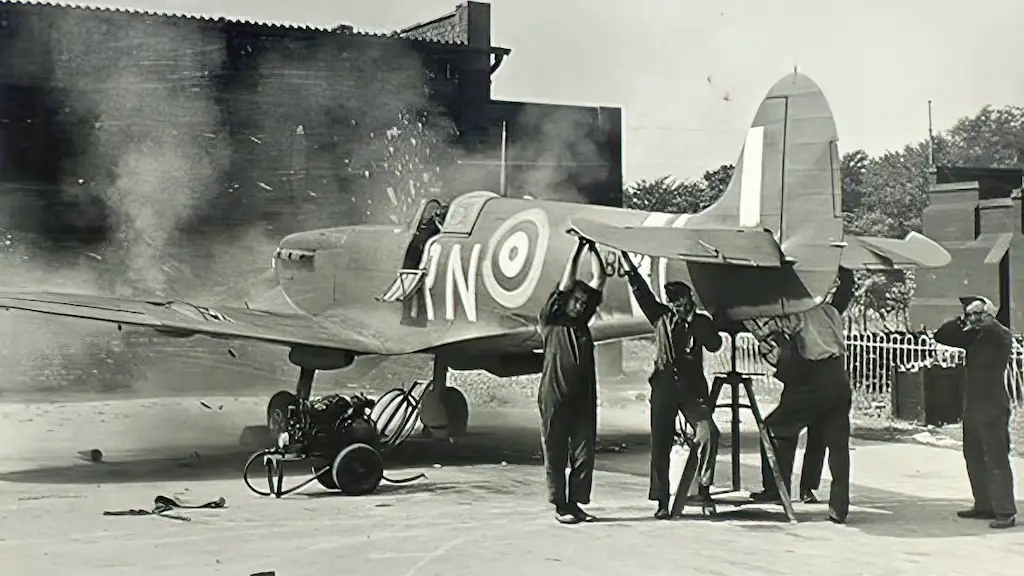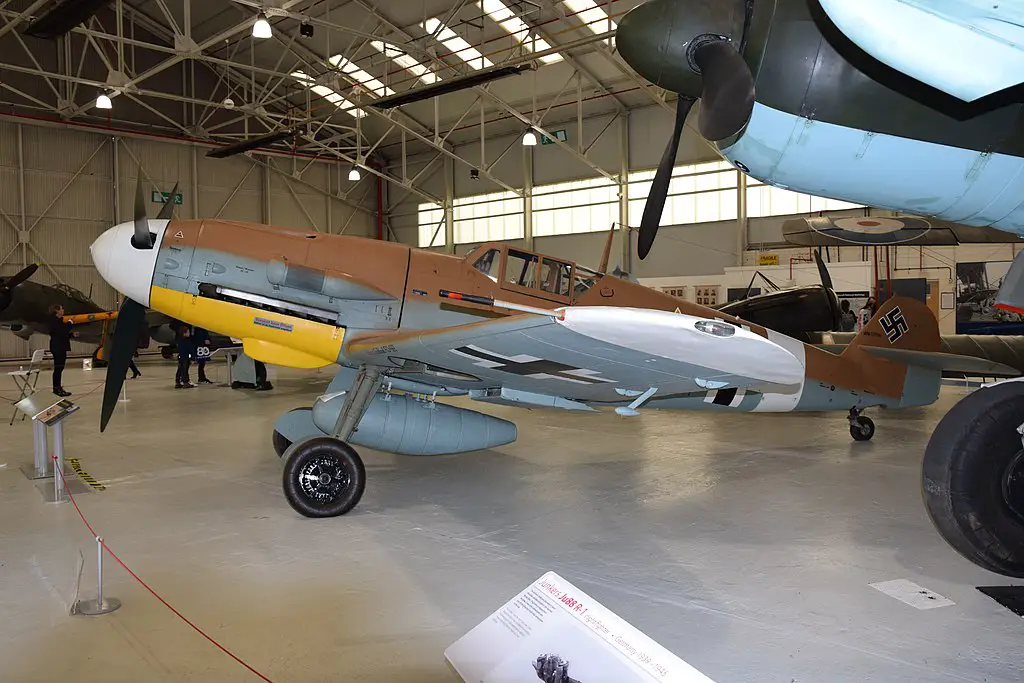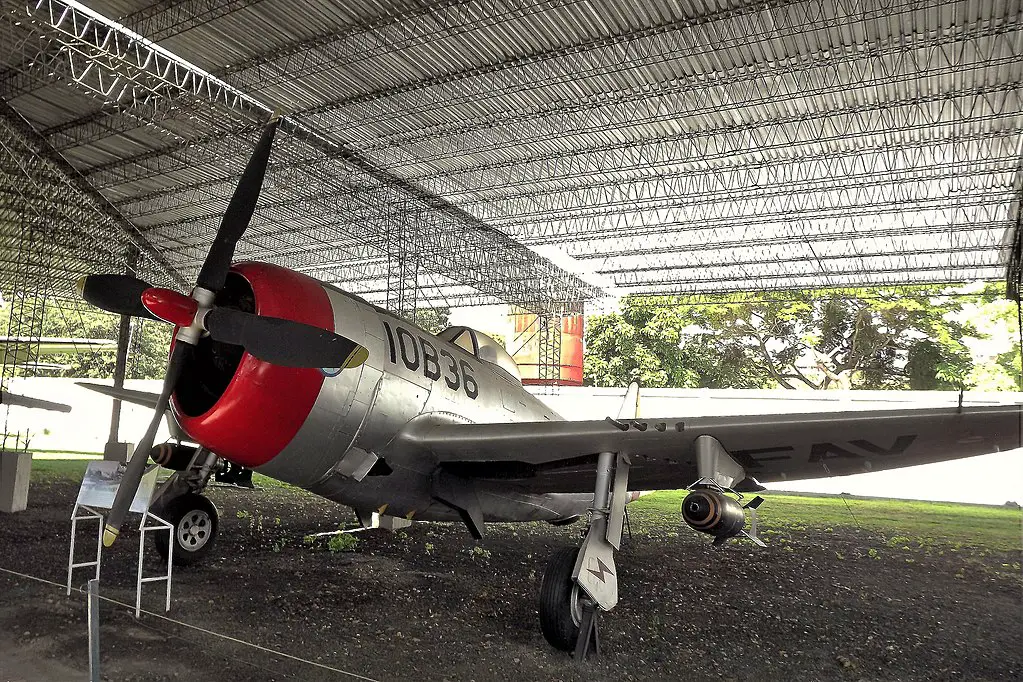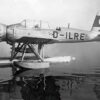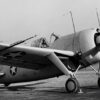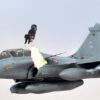A Legend Second to One
Gunther Rall’s name is etched in history as one of the most skilled aces of World War II, renowned for his 301 aerial victories. Remarkably, he ranks second only to his dear friend Erich Hartmann, the highest-scoring ace of all time. Rall’s story is not just about his victories but also his incredible survival, having been shot down eight times, yet returning to combat with unyielding determination.
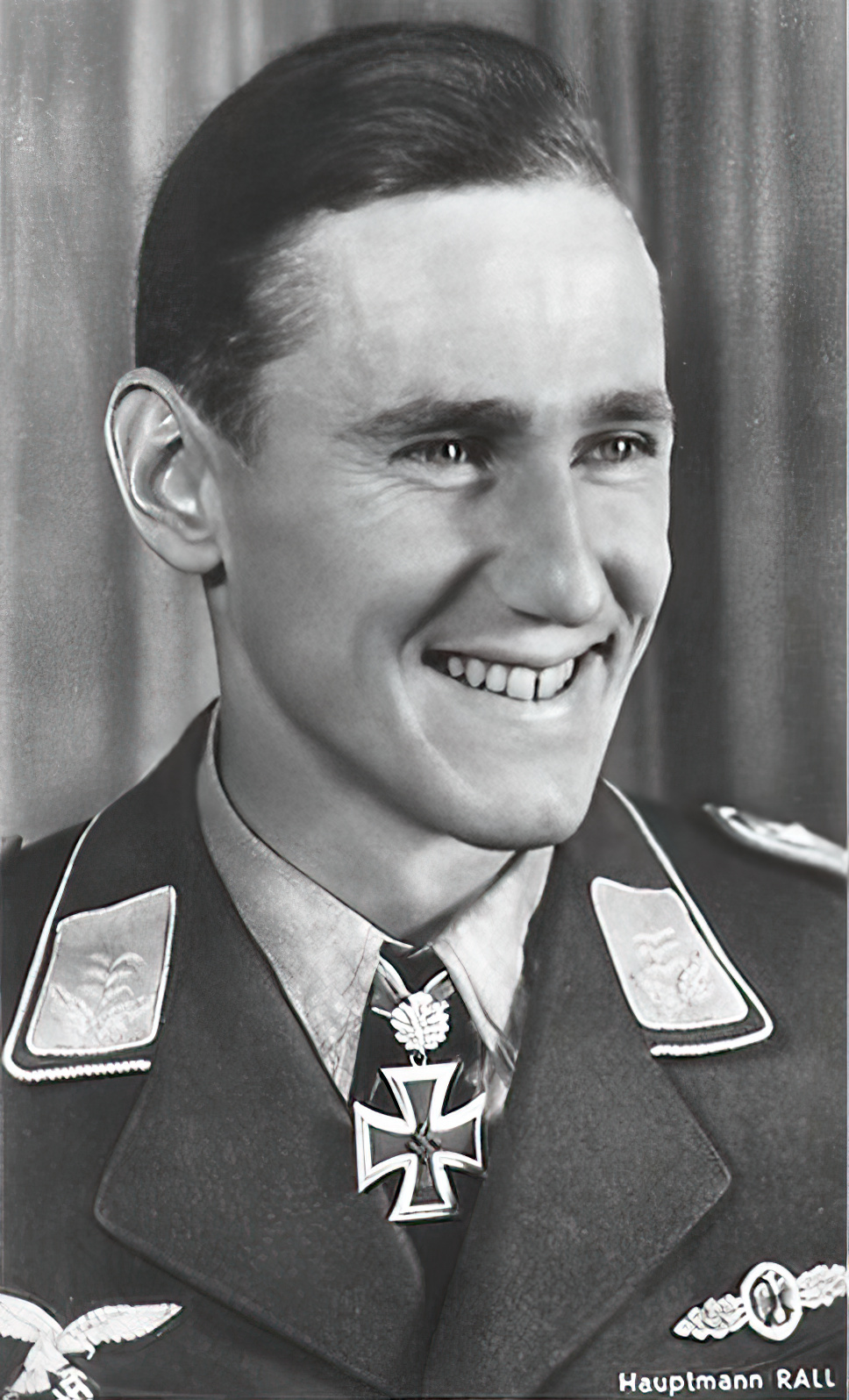
Early Combat and First Survival
Rall’s combat journey started on the Western Front in 1940. His first brush with death came after achieving his 36th victory. Over enemy territory, his Bf 109 was heavily damaged, forcing him to crash-land. In this harrowing incident, he suffered severe injuries, including a broken back in three places, defying doctors’ predictions by returning to flight within a year.
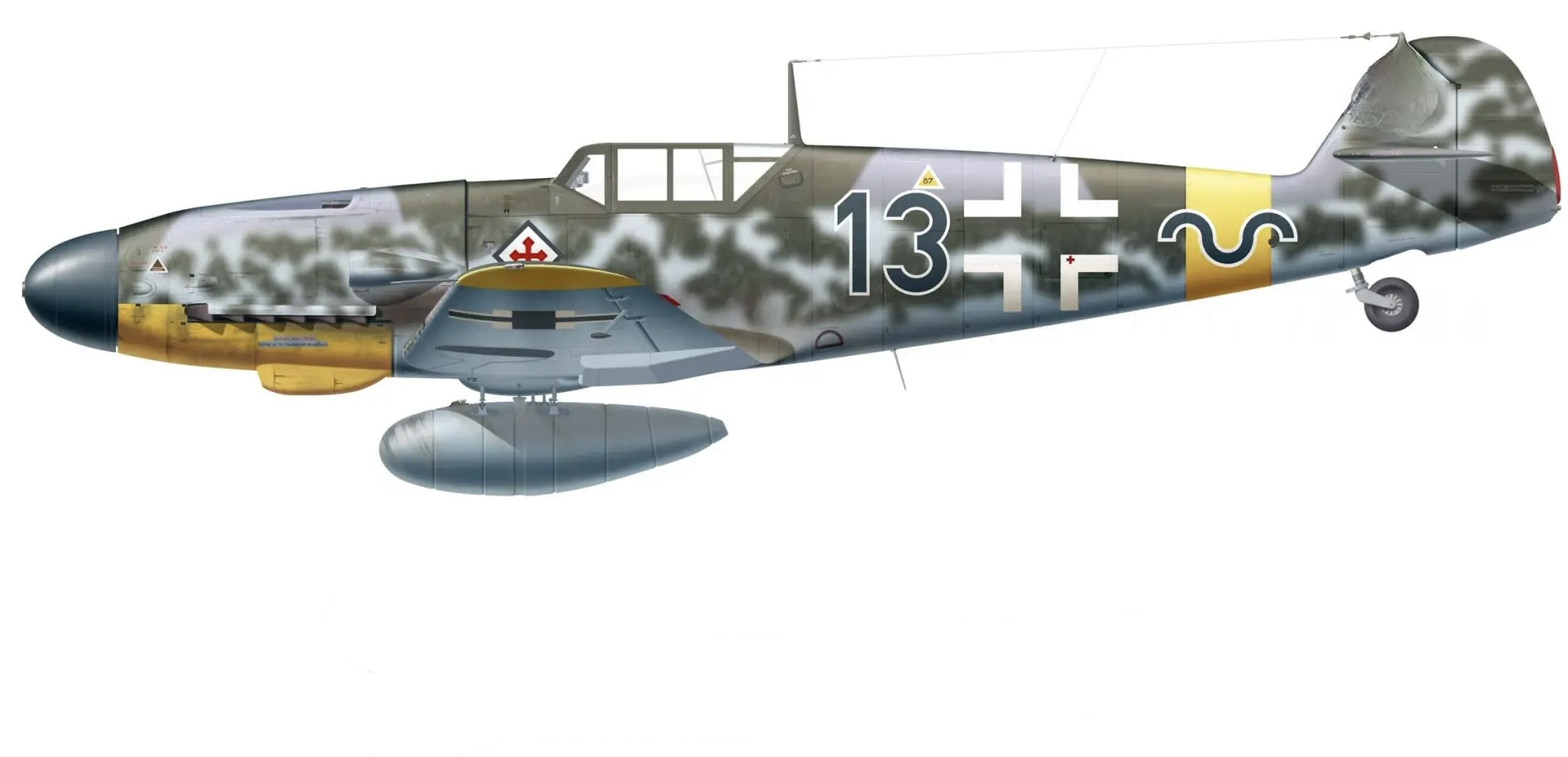
A Series of Narrow Escapes
The Eastern Front tested Rall’s resilience. He was shot down multiple times during intense dogfights. In each instance, Rall opted for crash-landing over bailing out, miraculously walking away from these landings, albeit with injuries. These encounters demonstrated his exceptional piloting skills and sheer determination to continue fighting.
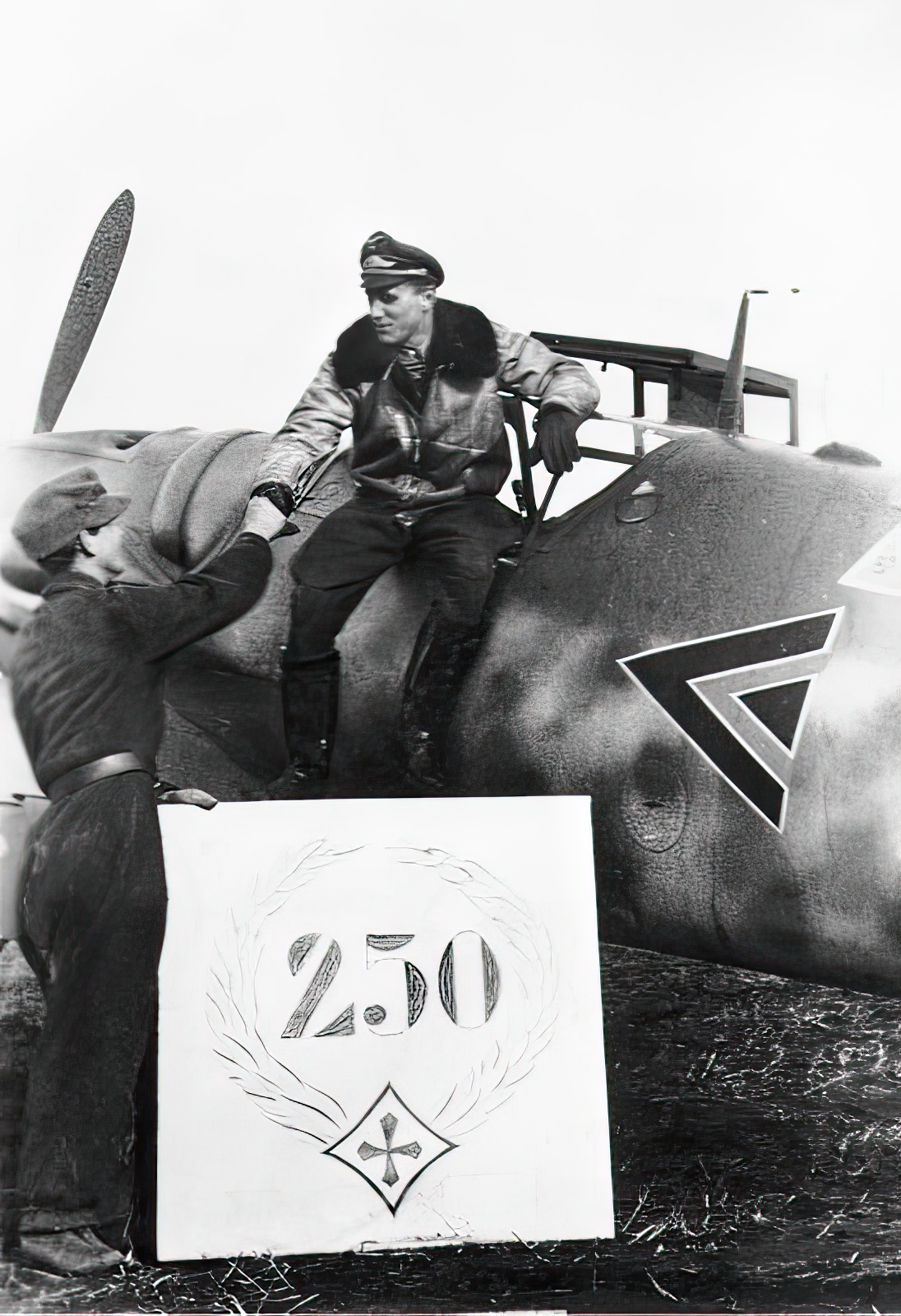
The Battle of Kursk
During the Battle of Kursk, Rall faced some of his toughest challenges. He was shot down twice in rapid succession. The first occurred on July 9, 1943, when he was forced to crash-land after a severe hit. Just four days later, he experienced another mid-air collision, leading to yet another forced landing. Both times, Rall narrowly escaped with his life.
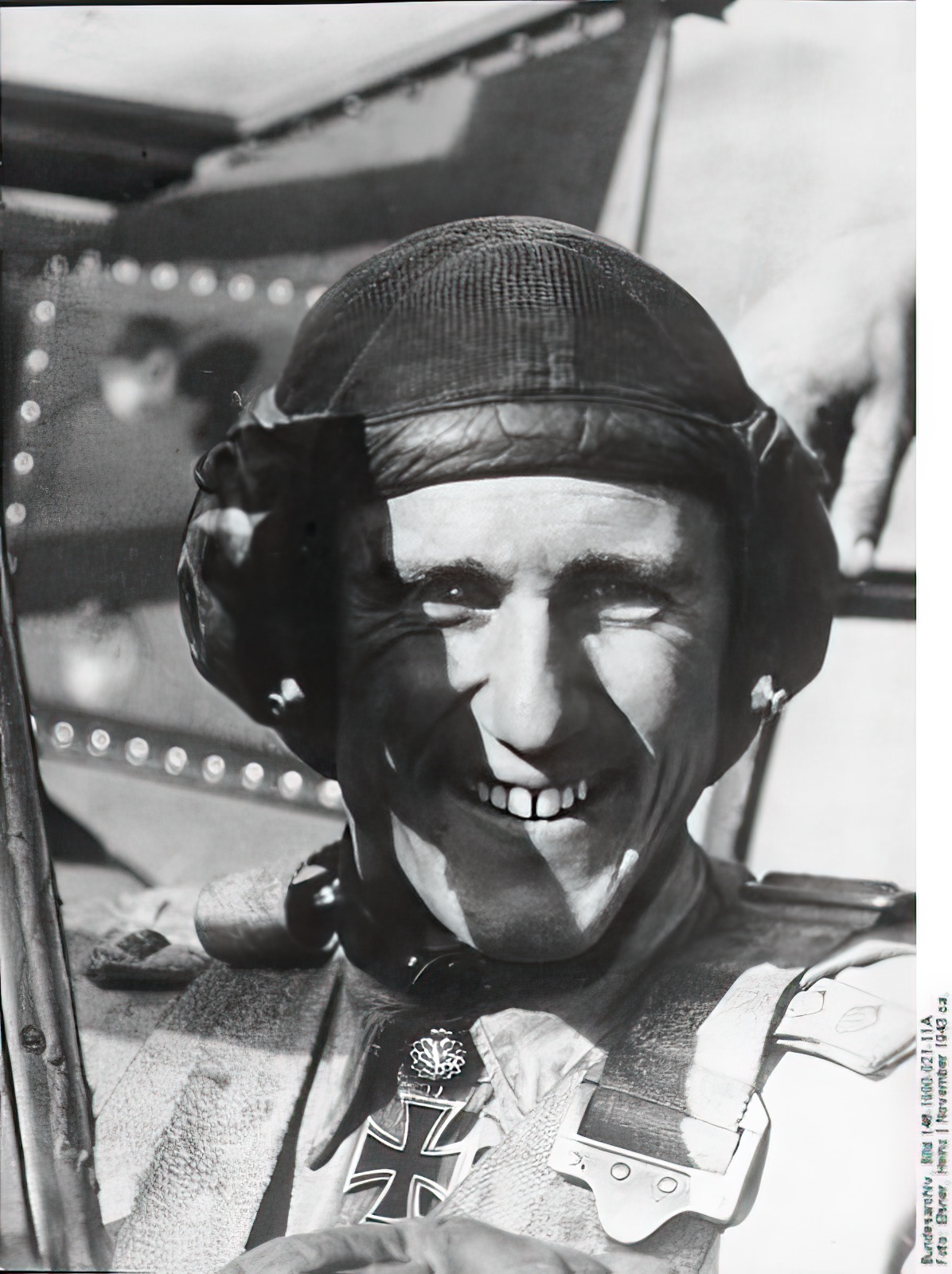
A Fateful Day
The most significant of Rall’s downings occurred on May 12, 1944. Engaging with P-47 Thunderbolts, his plane was hit, injuring his left thumb severely. This incident marked the only time Rall used his parachute to escape. The injury from this encounter sidelined him for several months, a period he later credited with saving his life from the intensifying air war.
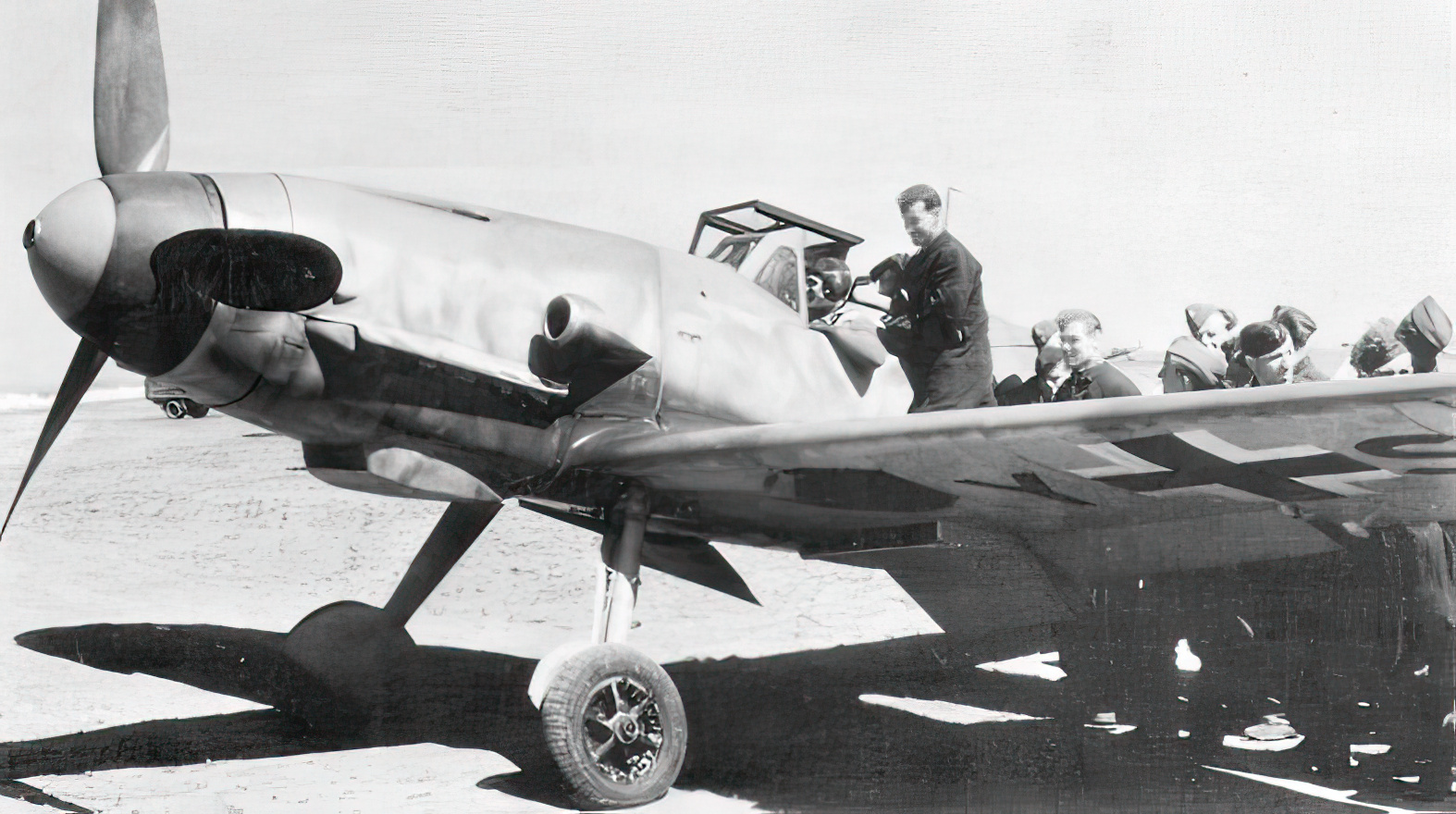
Continual Struggles and Final Sorties
Rall’s remaining instances of being shot down occurred during the latter part of the war. Each time, he faced severe challenges, from close encounters with enemy fighters to mechanical failures. Despite these setbacks, he continued to exhibit extraordinary courage and skill, always returning to the skies.
Reflections on a War-Torn Life
After the war, Rall became an influential figure in the German Air Force. He often reflected on his experiences, emphasizing the need for moral responsibility and understanding the past. His post-war life was marked by a deep commitment to sharing his insights and experiences with future generations.
Gunther Rall’s legacy is defined not only by his impressive combat record but also by his incredible survival against all odds. His life story, marked by eight miraculous survivals from being shot down, stands as a testament to his skill, courage, and indomitable spirit.

